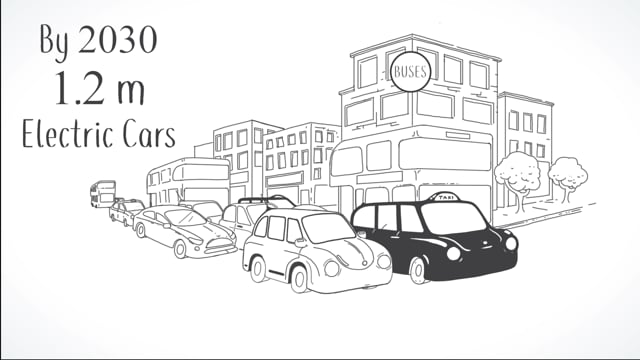Electric Vehicles
Active Response
Project Data
Summary
Active Response will trial a revolutionary way of managing spare electricity network capacity that could save customers £271 million by 2030 and cut more than 448,000 tonnes of carbon emissions by 2030.
Watch the Active Response introduction

Reports & Documents

Share your ideas
If you have an idea that could reshape or revolutionise the way we work, we want to hear from you.
Submit an idea